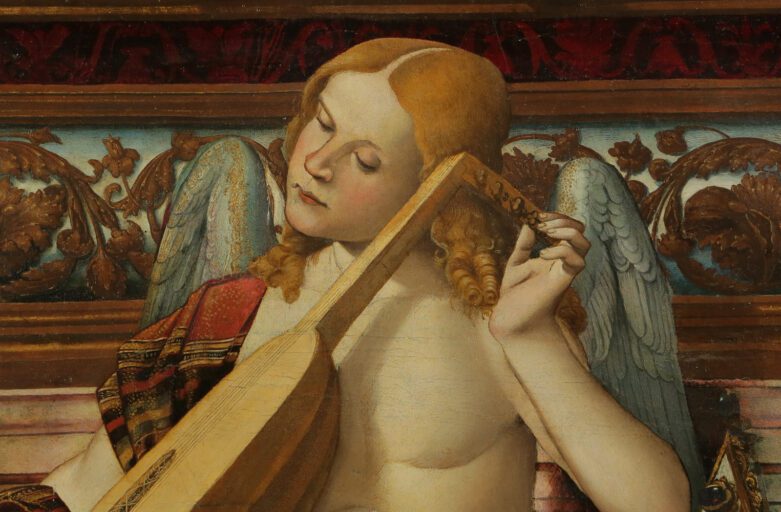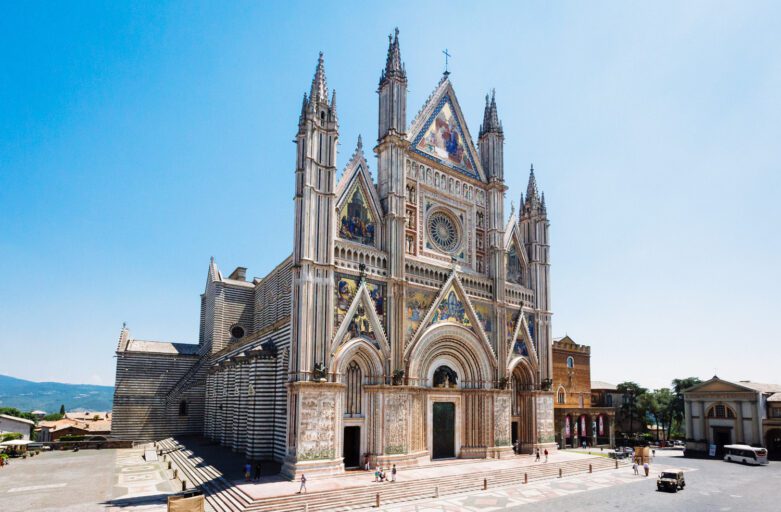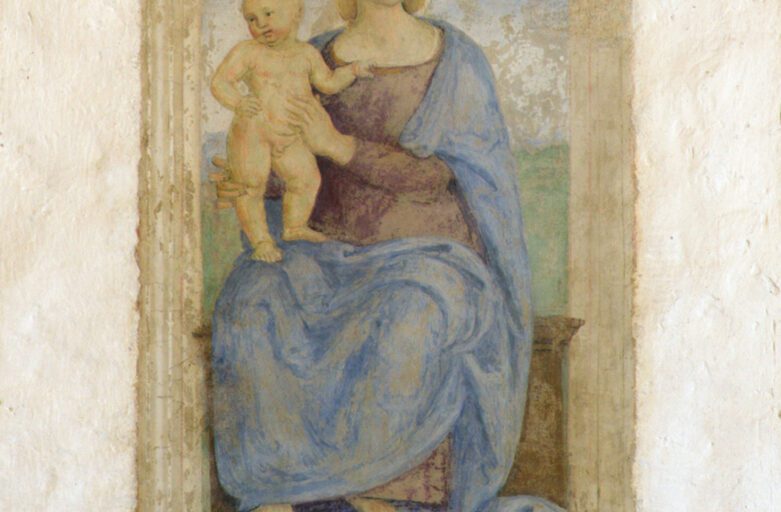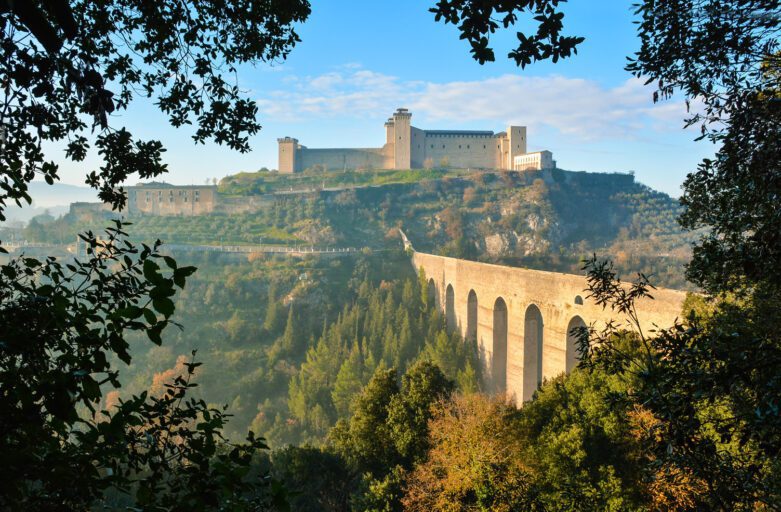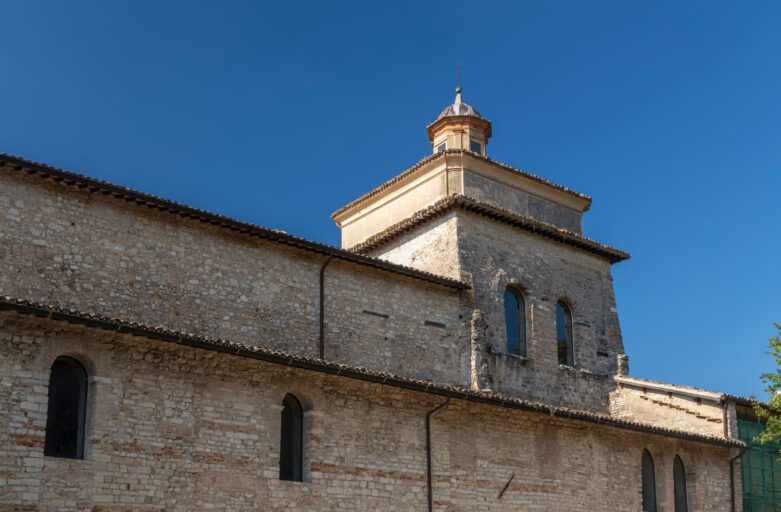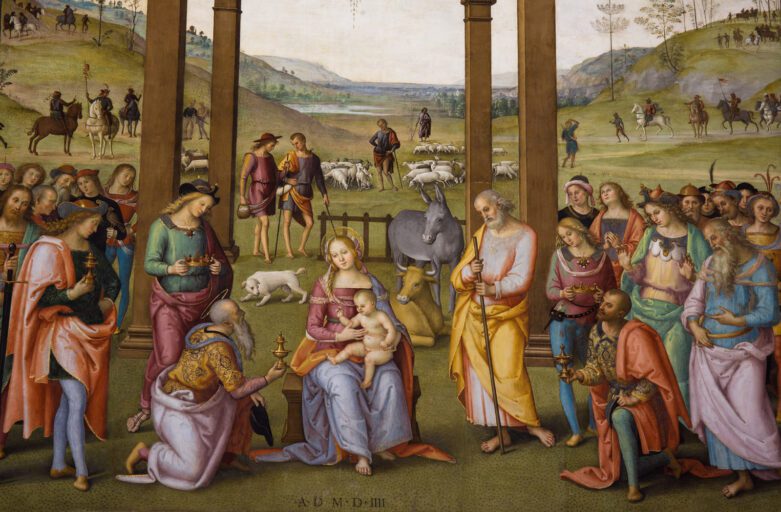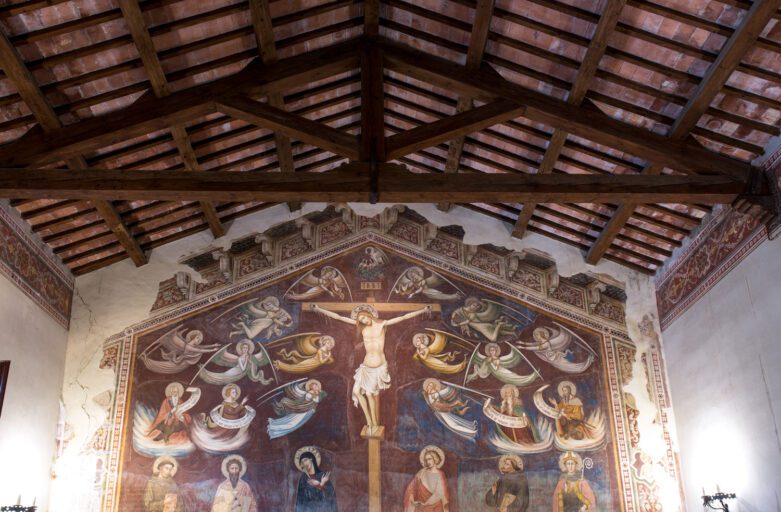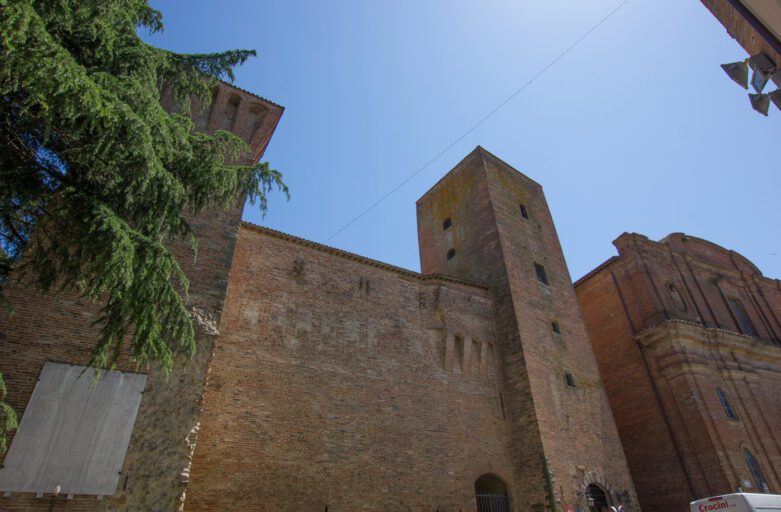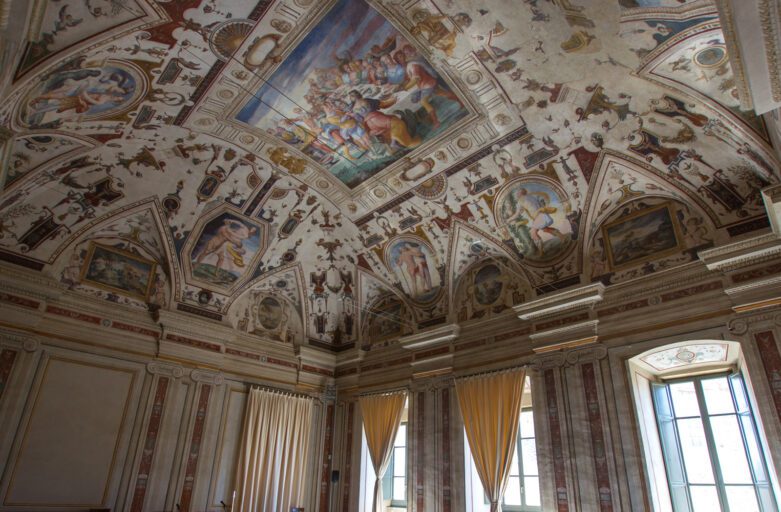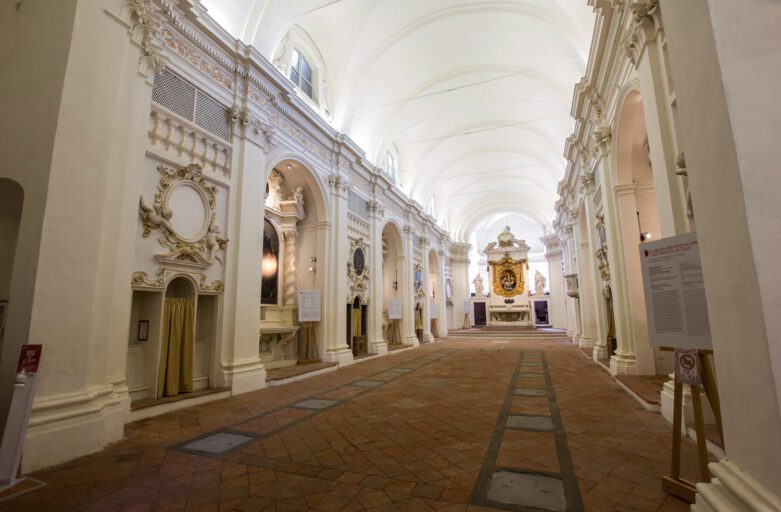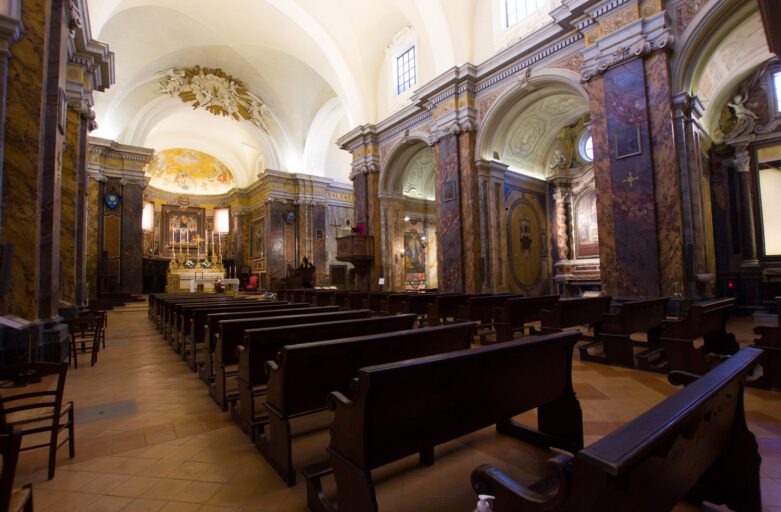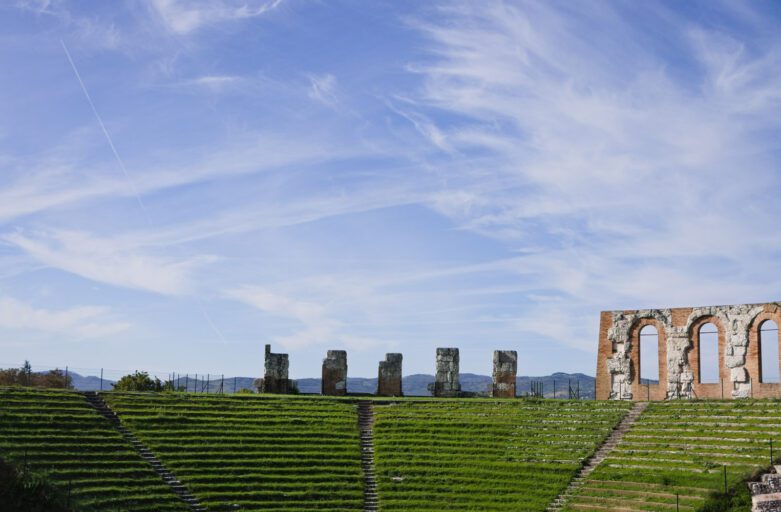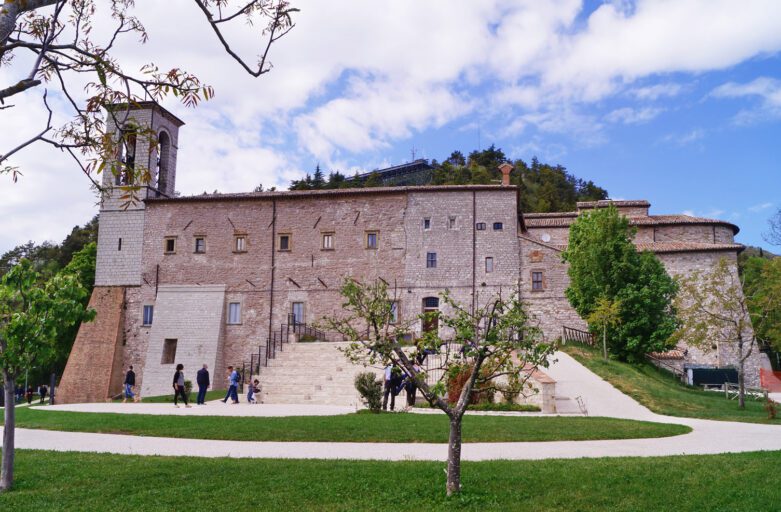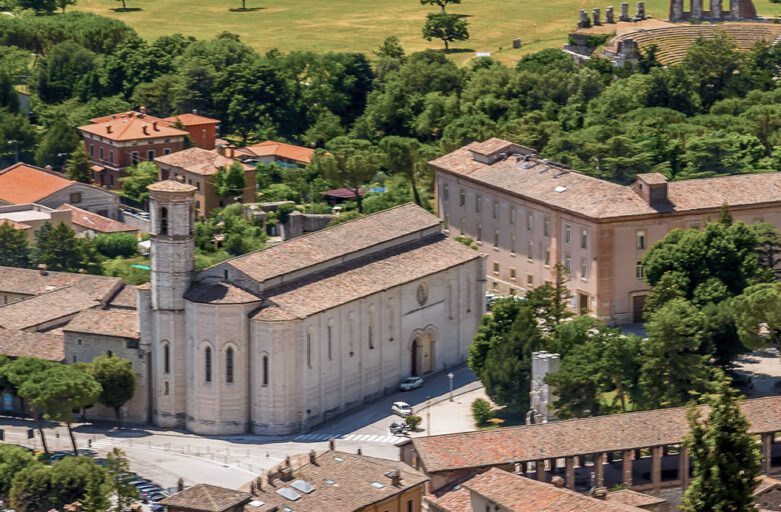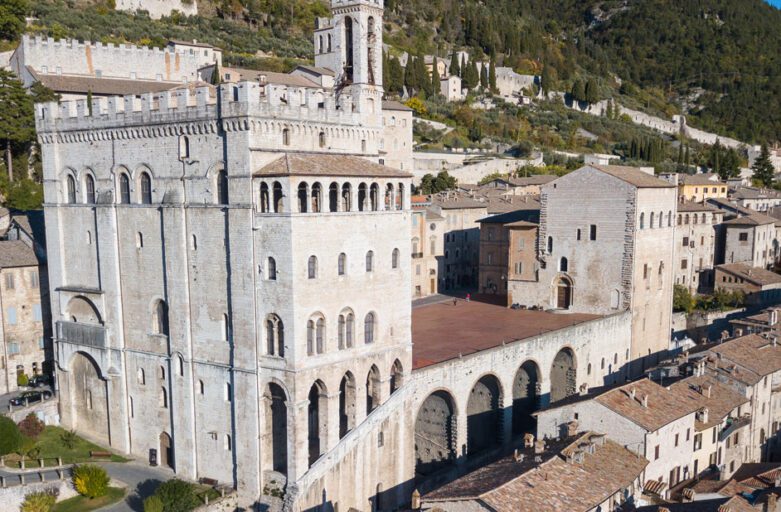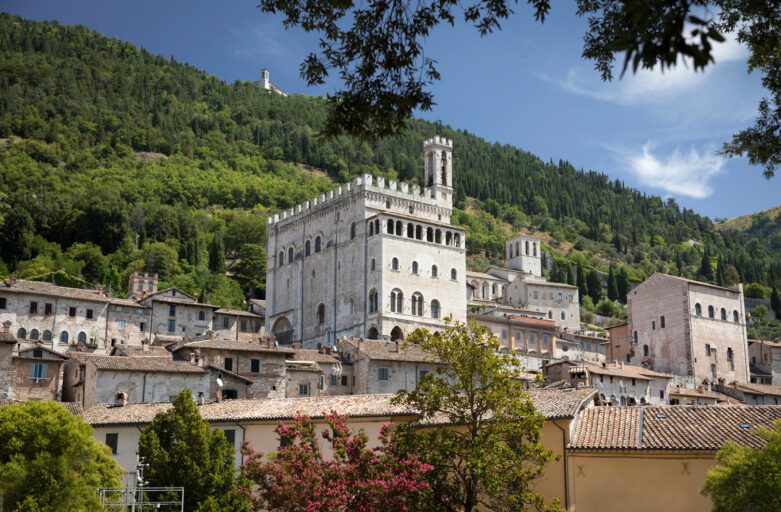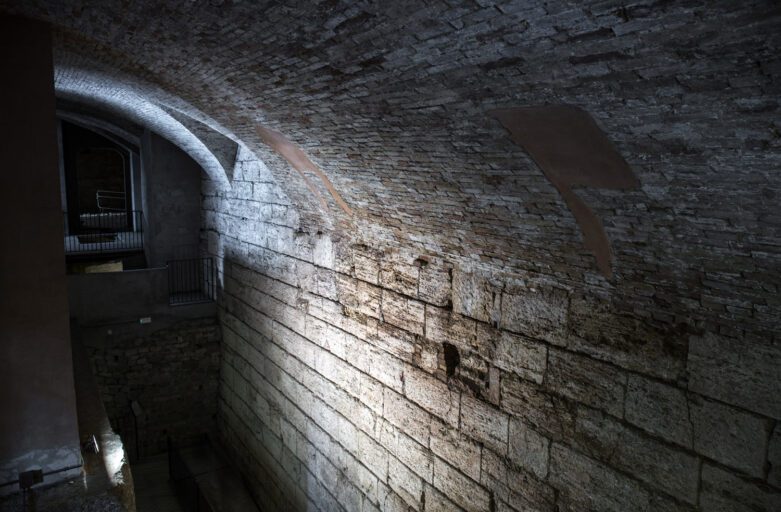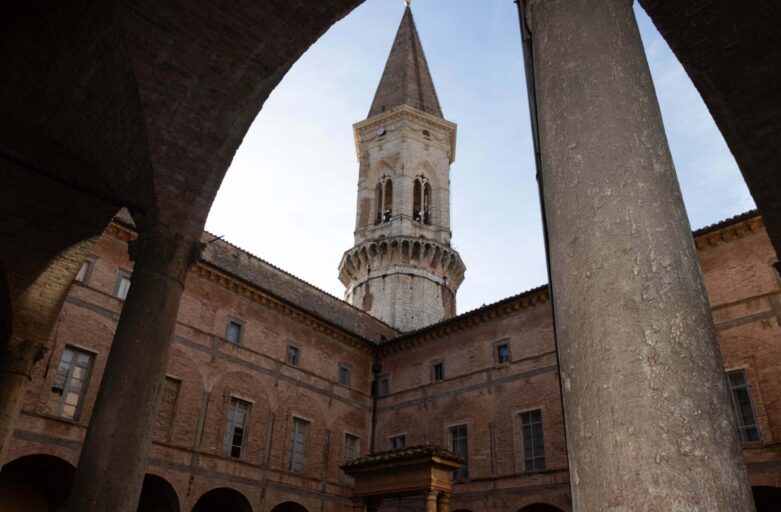The Bridge of Towers as Was Seen by Goethe
In September 1786, the great German poet, J. W. Goethe (1749 – 1832), left for a journey to the discovery of Italy, that would last nearly two years. This adventure, overfilled with beauty, would later inspire his Italian Journey. In the pages of that report, a memory of Goethe’s visit to the Bridge of Towers (Ponte delle Torri) in Spoleto is also included. He recalls, “I ascended to Spoleto, and reached the aqueduct, that is also used as a bridge to connect two mountains. Its ten arches, that cross the valley, are built in stone; they have been there for centuries, and carry water to every part of the town. This is the third monument of Antiquity I see; and, one more majestic one. The architecture of those times is almost like a second Nature, in accordance with civic needs. . .”
